
Prolonged exposure to asbestos, even secondarily, can cause lung diseases such as mesothelioma, just as primary exposure to asbestos does.
Contact UsUnlike primary asbestos exposure, which happens to people who directly handle asbestos on a day to day basis, secondary asbestos exposure happens to people who do not directly handle asbestos, but rather live or interact with them often.
In the 20th century, it was common for men to work in a variety of jobs and industries that had them handling asbestos, and so primary asbestos exposure is most common among men. Secondary asbestos exposure was much more common in the 20th century than it was today and happens most often in women and children.

These women and children would be exposed to asbestos because it was being brought home on clothing and other work gear men would bring home after working in these environments.
Regulations were enacted in the 1970s once the risks of asbestos exposure became more well known. This made it so that workers were not to bring any contaminated work or gear home, and brought on a decline in secondary exposure cases.
While secondary exposure does limit one’s exposure to asbestos, this does not mean that it is not equally dangerous to primary exposure to asbestos. Prolonged exposure to asbestos, even secondarily, can cause lung diseases such as mesothelioma, just as primary exposure to asbestos does.
While secondary asbestos exposure is the most common name for this type of asbestos exposure, it may also be called:
- Secondhand exposure
- Domestic exposure
- Indirect exposure
- Take-home exposure
- Paraoccupational exposure
Secondary asbestos exposure is not to be confused with environmental exposure or community exposure/contamination. Community exposure (sometimes referred to as community contamination) happens when a facility that mines, processes, or manufactures asbestos does not have the right protocols in place and so the surrounding community becomes contaminated. Environmental exposure to asbestos happens when people are exposed to asbestos that is naturally occurring in a place (and is not being manufactured or otherwise manipulated).

What is Asbestos and Why is it So Dangerous?
Asbestos is a group of minerals found in certain rocks and is naturally occurring.
Asbestos is most commonly mined and doesn’t corrode easily. During the 20th century, asbestos became a popular material used in housing, construction, pipe insulation, building materials, and machinery. Asbestos is resistant to heat, fire, and highly durable.
Building Materials Containing Asbestos
As a material that was readily available, relatively cheap to manufacture, and more durable than other materials, asbestos was popular for use in buildings. Prior to 1980, many of the following materials contained asbestos.
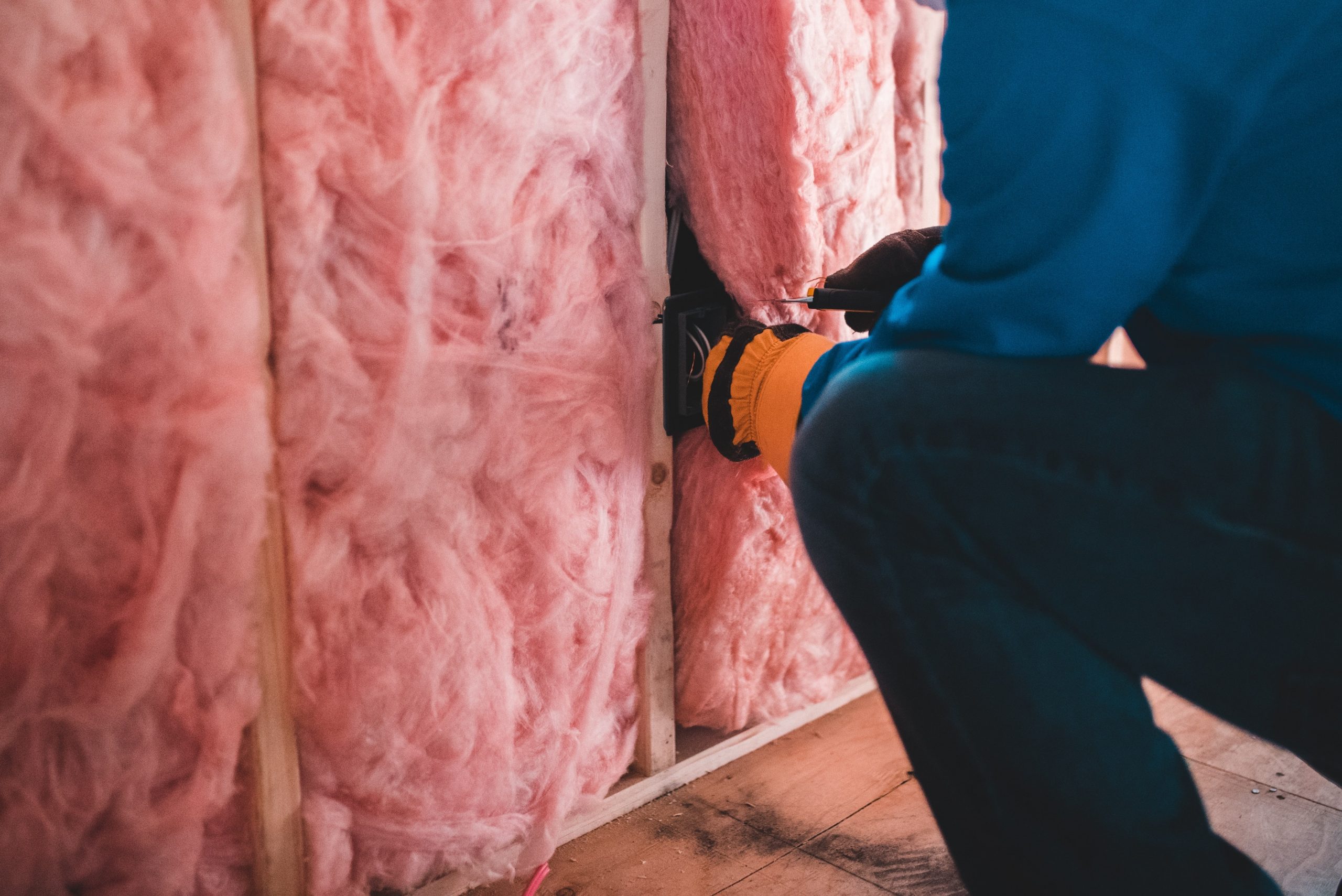
- Cement
- Floor and ceiling tiles
- Insulation
- Plaster and caulk
- Heat-resistant building materials
- Clutch pads and brake linings in cars
- Pipe wrapping
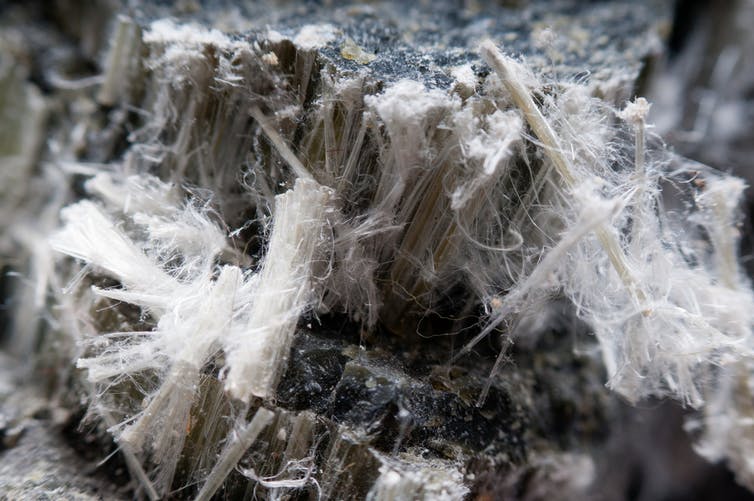
Buildings with materials containing asbestos can remain safe, so long as it goes undisturbed. Asbestos exposure bears a greater risk when these materials are destroyed and damaged.
There are many asbestos removal services that home and building owners choose to employ to mitigate risk down the line, and this is often recommended.
Exposure to asbestos has occurred in many industries and places throughout history and could be found in schools, apartment buildings, shipping, asbestos removal, chemical plants, manufacturing, and auto repair work. Exposure throughout history and in these industries is thought to be as dangerous because of the risk of lung disease.
Asbestos Exposure and Lung Disease
Asbestos exposure is linked to lung damage and mesothelioma and occurs in people who have been exposed to asbestos through their workplaces, schools, homes, and their communities.
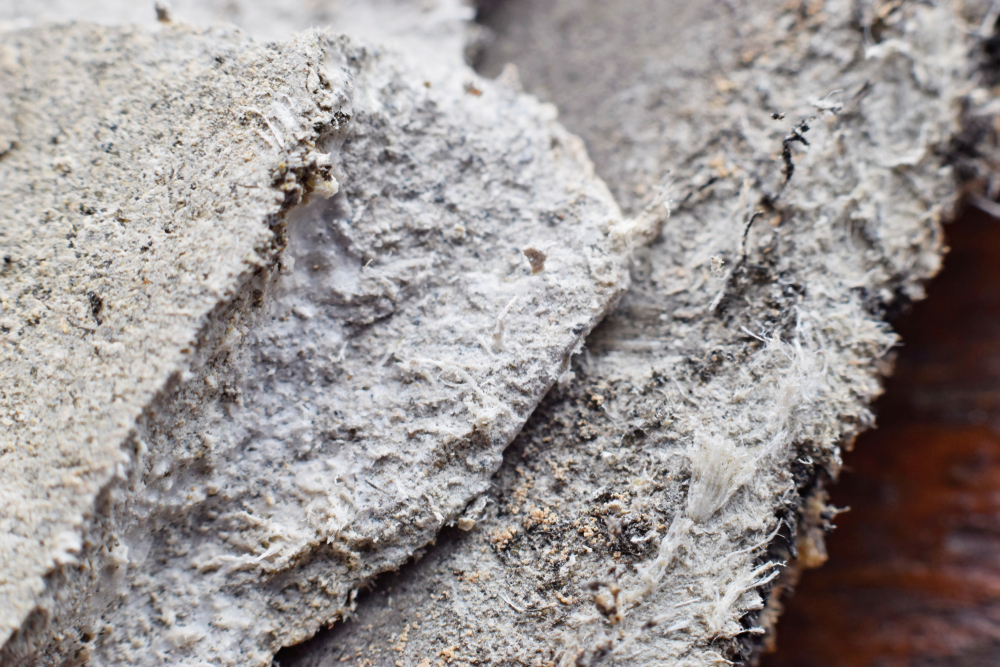
People who live with others who handle asbestos at work are also at risk of these lung diseases.
Lung disease as a result of asbestos can be scary because it can be difficult to know that it is happening until it is too late. Asbestos fibers are microscopic and move easily throughout the air. When inhaled, it is easy for asbestos fibers to get trapped in the lungs. This ongoing exposure to those fibers can create small tears and other inflammation in the lungs. This eventually can lead to mesothelioma, lung cancer, and other lung diseases.
It is also important to understand that the effects of asbestos exposure are not immediate. They can appear anywhere between 20-50 years after the initial exposure. This means that someone exposed to asbestos may not even know they’re causing damage until much later on in life. This is also true for secondary exposure to asbestos.
While repeated exposure to asbestos is more likely to cause lung disease, any level of exposure can be detrimental to your health. This is also true for secondary asbestos exposure—the longer someone in your home is exposed to asbestos and they are bringing those fibers home, the longer you are exposed.
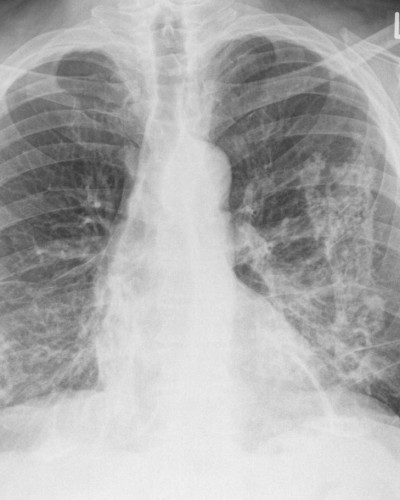
Types of Asbestos
Within the legal definition of asbestos, there are six types and two general classes of asbestos.
-
Serpentine class
Chrysotile (white asbestos)
-
Amphibole class
Amosite (brown asbestos) Crocidolite (blue asbestos) Anthophyllite Tremolite Actinolite
Exposure to all types of asbestos carries the risk of developing lung diseases such as mesothelioma and lung cancer.
Of the two types, amphiboles do carry a greater risk of developing these diseases. This class of asbestos remains in the lungs for a longer period of time due to the fact that the asbestos fibers within them are thinner and sharper.
History of Secondary Asbestos Exposure
Although it is much less common to hear of someone having secondary exposure to asbestos today, it’s still important to understand how this exposure has been known to manifest.
Although the risks of primary asbestos exposure were noted as early as the first half of the 20th century, the United States did not recognize the risks of this type of exposure until the 1960s.
That being said, the first cases of documented secondary asbestos exposure dates back to the 1940s in the UK, and in 1897 one of the earliest reports about asbestos exposure and the diseases workers may face also pointed to the fact that the families of these workers were also getting sick.

Secondary asbestos exposure hit its peak when primary asbestos exposure was not regulated—from the early 1940s to late 1970s. That being said, the rate at which secondary exposure has declined is much steeper than the rate that primary exposure has.
This is because after the dangers of asbestos were discovered, many rules and regulations were put into place not only to protect workers coming into close contact with asbestos but also their families.

Here are just some of the changes that were made once these regulations went into place:
- Employers had to provide workers with areas where they could change out of clothing that had been contaminated by asbestos before leaving the facility and heading home.
- Employers had to provide a way for workers to shower before leaving the facility so that workers could wash any asbestos off their skin.
- Employees were required to change into specific work-provided clothing before every shift and to change out of it at the end of each shift.
- Employers needed to ensure that contaminated clothing worn at work was washed in such a way that all asbestos was guaranteed to be removed. Often, this required some sort of industrial laundromat and a special set of chemicals.
Once these regulations were enacted, the rates of secondhand asbestos exposure declined, though it is still important to understand the risks.
Who is Most at Risk for Secondary Asbestos Exposure?
All types of exposure to asbestos were much more common during the 20th century than now, with secondary exposure being especially higher now than it was in the 20th century.
During the height of the use of asbestos (and before it was highly regulated), women and children faced an increased risk for secondary asbestos exposure. This was because during that time, these groups were more likely to live with someone who was exposed to asbestos on a daily basis rather than interact with it directly.
When secondhand asbestos exposure was at its peak, it was still a norm for most women to stay home while their husbands went to work. This was especially true for industrial, working class, and other blue-collar jobs.
More often than not, employees were required to handle and work with products containing asbestos in these industrial settings in factories and chemical plants. Without regulations in place, asbestos fibers may be found on a worker’s hair, clothing, shoes, and even their skin. This would expose their families and anyone else in their homes.

A significant number of mesothelioma cases among women and children are due to secondhand exposure to asbestos.
While the number of children diagnosed with asbestos-related diseases at childhood is low, children who are exposed to asbestos—even secondarily—are at risk to develop these diseases during adulthood.
Because of this, mesothelioma in children is incredibly uncommon. Because of the 20-50 year period of time where asbestos exposure can cause asbestos-related diseases, it makes sense that people who are exposed to asbestos as children do not develop these diseases until they’re adults.
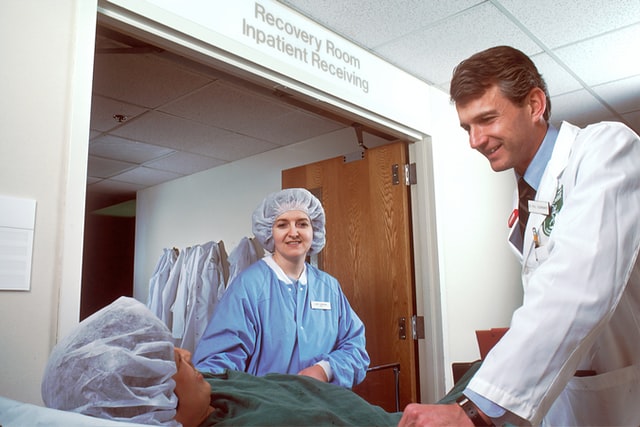
How Does Secondhand Exposure to Asbestos Occur?
Now that you understand how exposure to asbestos occurs, we can talk about how secondary asbestos exposure happens. Just like primary asbestos exposure, secondary exposure starts when the microscopic and rough fibers of asbestos fibers break off. These airborne fibers travel through the air and can stick to anything in the room, including clothing, hair, shoes, and even skin.
Once these fibers attach themselves to someone who works closely with asbestos, they can be brought home.
Those fibers will detach from clothing, hair, or skin over time and become airborne again.
Once these fibers find their way back into the air, they can be inhaled by anyone living in the home. When someone in the home who does not work closely with asbestos inhales these fibers, secondary asbestos exposure occurs.
Though this is one common way secondary exposure happens (and enough to cause significant damage later in life), there are three sources that are the most common to facilitate this.
Laundry
In the 20th century, it was not uncommon for most of the industrial workers to be male. The gender roles in society dictated that men were to make a living and provide for the family, while women stayed at home taking care of the home. One of the most common chores on a woman’s to-do list was laundry.
Because asbestos fibers easily stick to clothing when exposed, workers’ clothing was one significant source of secondary exposure. These fibers easily attach to clothing because of the structure of the fibers and tiny microscopic gaps in fabric. Without knowing to take proper precautions, it is no surprise that anyone handling or washing the clothing that had asbestos fibers embedded in it would experience asbestos exposure.
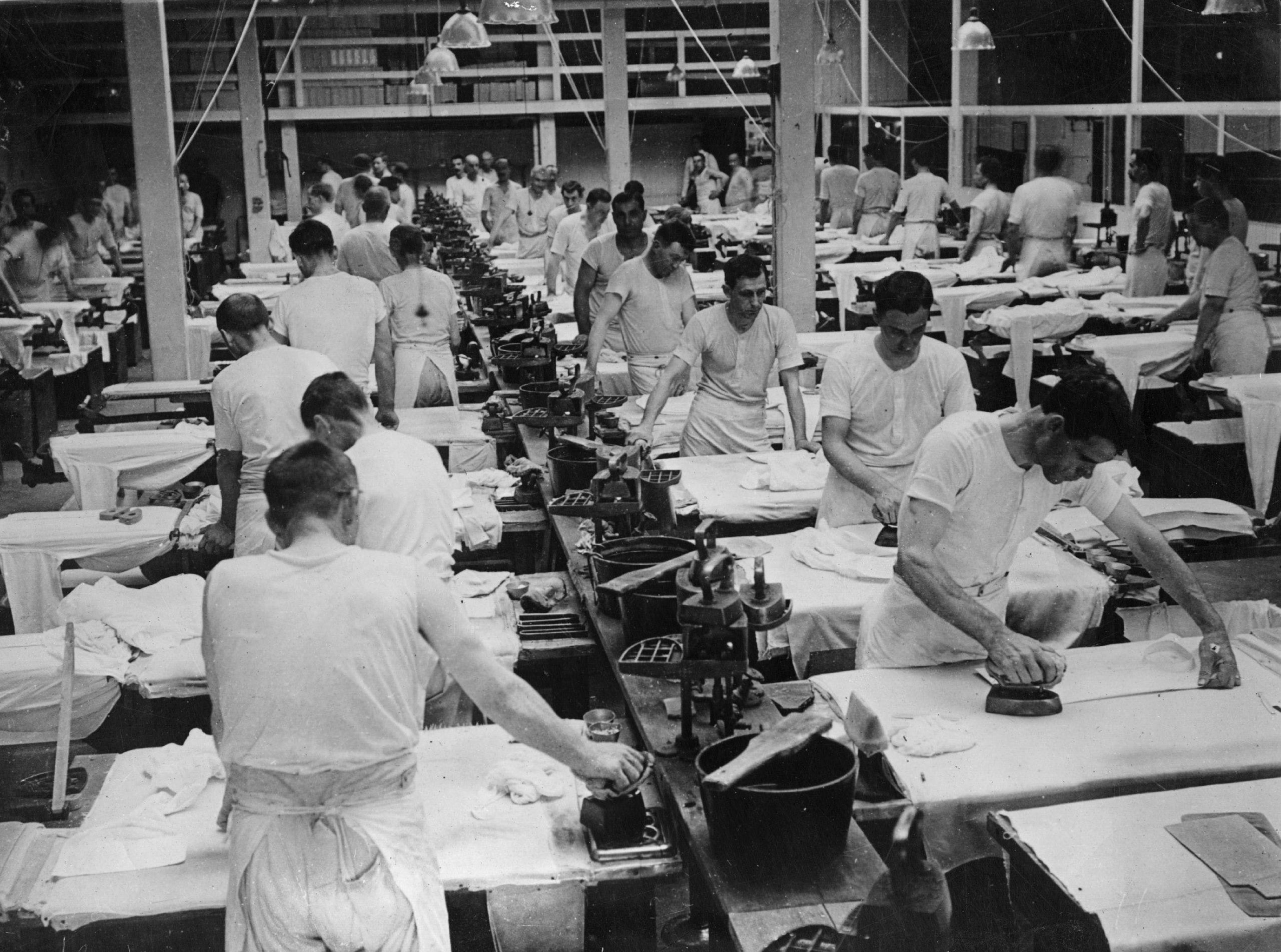
Furniture
Furniture at home was also another way that asbestos fibers could linger in a home, especially if a worker didn’t change out of their contaminated clothing. These fibers could transfer from clothing to furniture—especially upholstered or other fabric-based furniture. These fibers could embed themselves into a couch, chairs, the carpet, towels, the bed, and many other pieces of furniture around the house.

Physical Human Contact
Contact with other human beings was also a significant source of bringing asbestos home and exposing those who lived with someone who worked closely with asbestos. With fibers attached to the hair, skin, or clothes of a worker, a friendly hug could unknowingly become dangerous—and eventually fatal.
A child may develop lung diseases such as mesothelioma later in life after playing with or hugging a parent who just worked in a factory all day, especially if that parent didn’t change or shower when they came home.

Understanding the Risks of Secondary Asbestos Exposure
It is extremely important to understand that the risks of secondary exposure to asbestos are exactly the same as they are to primary exposure.
Secondary exposure can lead to lung diseases such as mesothelioma and asbestosis.
Though rare, there have been cases of secondary exposure that have reached occupational levels. This means that in these cases, someone reached the same level of asbestos via secondary exposure as would be expected from someone who works directly with asbestos. This likely would happen with a worker who is highly exposed to asbestos at work, including miners, construction workers, chemical plant workers, and shipyard workers.
Even though it took awhile for secondary exposure to be treated as an important issue, once it became clear that it was affecting the wives and children of industrial workers it became much more well researched. This research shows that the health effects of secondary asbestos exposure can be serious.
Research of Secondary Asbestos Exposure
The first major study that looked into secondary asbestos exposure occurred at Mount Sinai Medical Center in New York City. Between 1941-1954, this research looked at family members of workers who came into close contact with asbestos. The workers all worked at the Union Asbestos and Rubber Company factory in Patterson, NJ, and the study followed their 679 family members.

During the study, five cases of mesothelioma were discovered among the family members of these factory workers. After testing the homes of these factory workers and their families, asbestos fibers were found. These asbestos fibers were found over 20 years after the factory was closed and the workers were no longer coming into close contact with asbestos.
Another study conducted in 1978 found that the risk of women with secondary exposure to asbestos developing mesothelioma was ten times greater than women who did not have that exposure. Most of the women in this 1987 study were exposed to asbestos by living with someone who worked in an industry where they were handling asbestos and by washing their clothing.
In 1997 study of women with mesothelioma showed that more than half were exposed to asbestos via secondary exposure. This can be compared to the 19% of women in the study who were exposed through conditions at work. The rest of the women in this study were likely exposed through their environment or community.
An Italian study that was published in 2017 in the International Journal of Occupational Medicine and Environmental Health looked at the link between mesothelioma and secondhand asbestos exposure. Out of the 1,063 cases of mesothelioma they studied, 35 were caused by secondary asbestos exposure—33 women and two men. In this study, the primary culprits who brought asbestos home worked in shipyards.

As secondary asbestos exposure became more widely studied, it became more and more clear that this was a real issue impacting many families. As this was brought more to light, many who were exposed to asbestos secondarily sought out compensation for their troubles.
Lawsuits for Secondary Asbestos Exposure
Lawsuits brought on by those seeking compensation for their exposure to asbestos are not uncommon.
While the most common lawsuits are brought on by those who were primarily exposed, There have also been some cases brought forward that represented victims who were exposed to asbestos secondarily.
Currently, very few states have a demonstrated history in offering compensation to those who have had to suffer because of secondary asbestos exposure, including New Jersey, California, and Washington.
Of those cases brought forward, a small percentage have been won. This is because it is much more difficult to determine the liability in a secondary asbestos exposure case. It isn’t as simple as going to work in a place with known asbestos exposure and coming into contact with asbestos there. Because of this, cases of primary asbestos exposure are much easier to prove as it is easier to connect workers to specific products and materials.

Unfortunately, people who were exposed to asbestos secondhand cannot directly point to which products or materials lead to their exposure. They only know what the primarily exposed person has told them. Because of the 20-50 year period of latency in many asbestos-related diseases, this can be even more difficult if the person who exposed them to asbestos has passed away. This is an unfortunate reality in many of these cases.
Currently, asbestos exposure liability is determined by laws in each state. North Dakota has traditionally rejected all secondary asbestos claims, whereas California is known for offering compensation to those exposed to asbestos secondhand.
That being said, depending on the state and case, those who were exposed and fell ill due to secondary asbestos exposure may be eligible for compensation. It is essential that they are able to track and trace their exposure to a specific person, product, or company. Furthermore, they must be able to prove that the entity that was at fault for their exposure failed to protect against the dangers of asbestos. These are all important in order for the legal claim to be resolved successfully.

Important Cases of Secondary Exposure
One of the first states to award compensation to victims of secondary asbestos exposure was New Jersey. In 2006, a ruling by the New Jersey Supreme court came forward that stated that spouses of asbestos workers who contracted diseases and illnesses because of secondary asbestos exposure would be able to hold companies liable for this exposure. This ruling was extended in 2016 to children and anyone else that lived with a worker who was exposed to asbestos.
In addition to children, this included domestic partners, caretakers, and visitors.
In 2016, the California Supreme Court also put out a ruling that stated that if secondary exposure asbestos occurs due to a former worker bringing it home, companies may be held liable.
Ohio, Washington, and Alabama are all states that have seen trials from spouses and children of asbestos workers who have later developed mesothelioma. Many occured over 20 years after the initial exposure, and all ended in large settlements.

Can You Sue for Secondary Asbestos Exposure?
While asbestos liability varies by state, lawsuits that center around secondary asbestos exposure make up a great deal of mesothelioma cases among the family members of industrial workers. These legal claims are often much more difficult to prove than in cases of primary exposure. That being said, there are many lawyers who specialize in mesothelioma asbestos exposure.
If you believe you have a strong case, it may be an avenue worth exploring.
For help filing a claim and to learn more about the process, contact us using the button below.